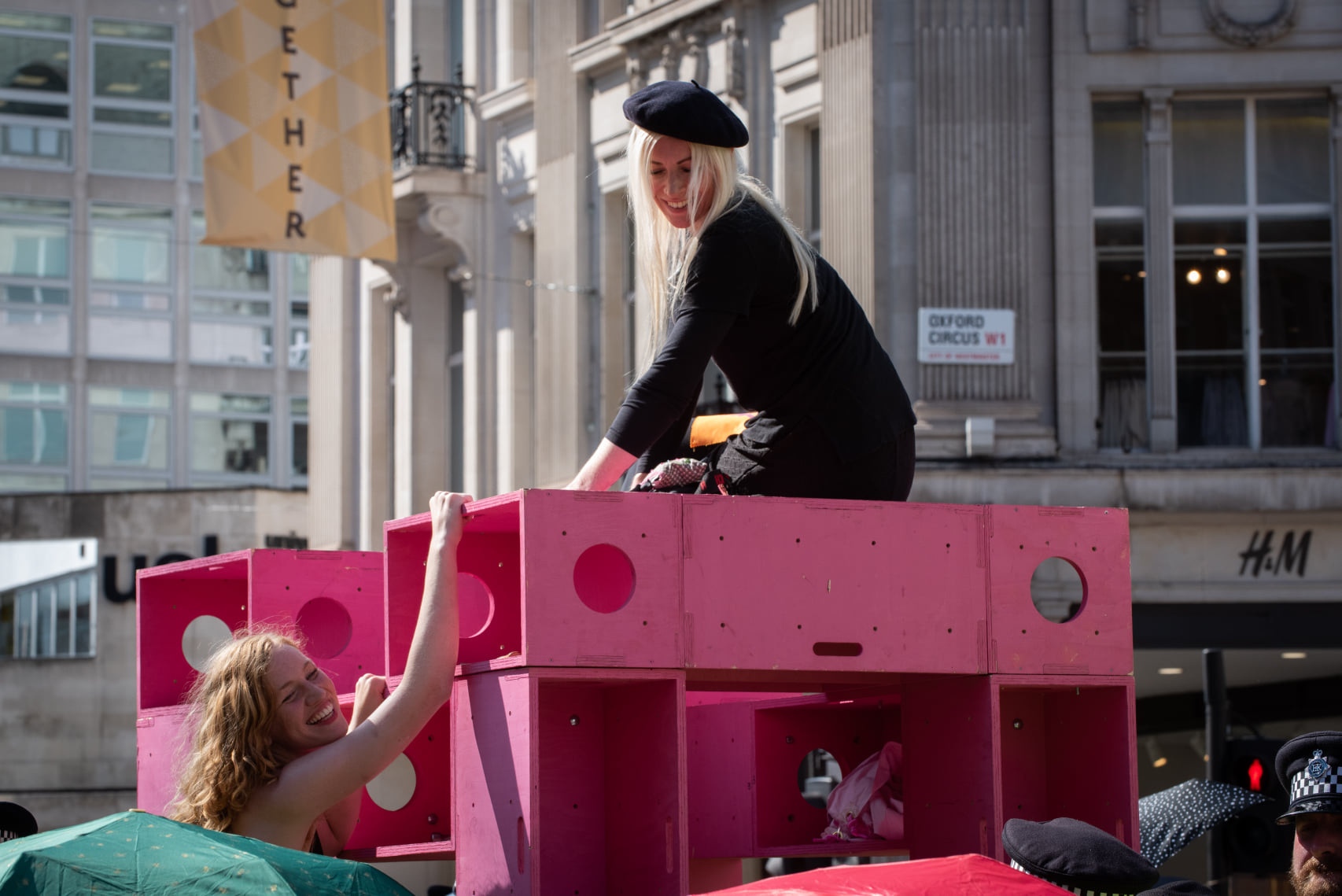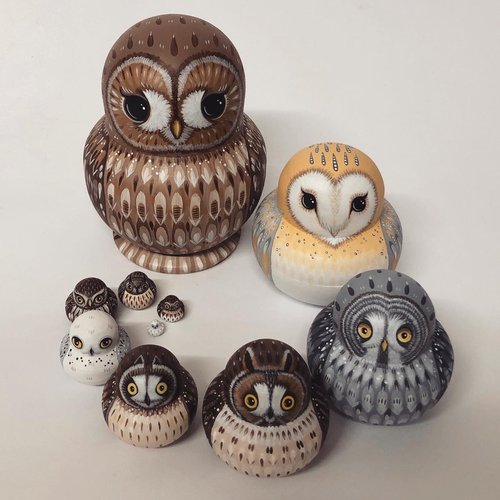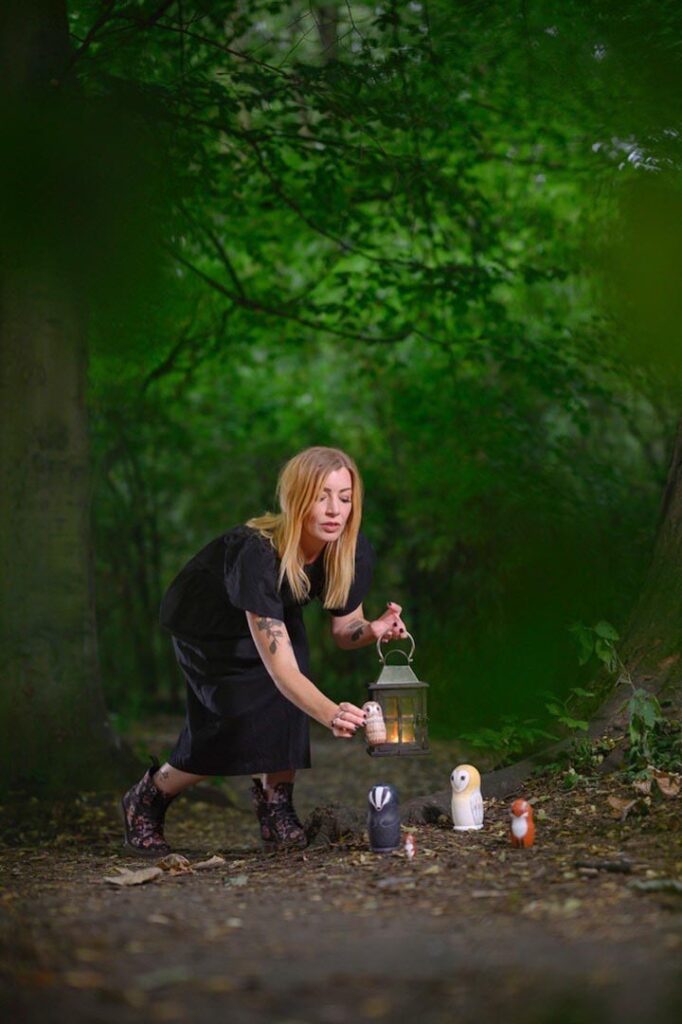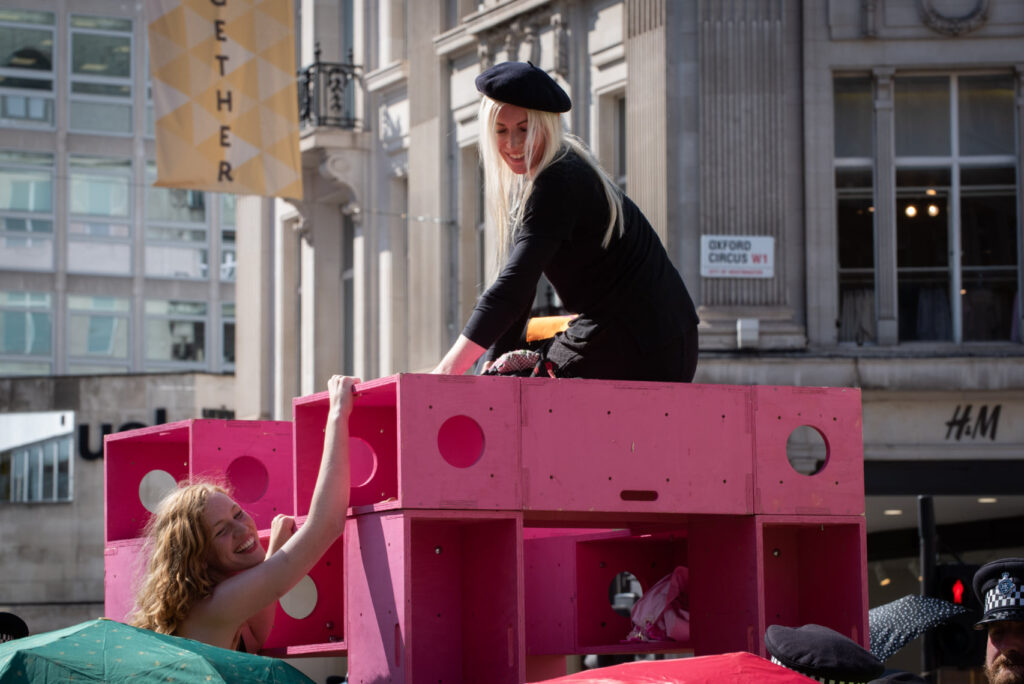
JANE BURN – POETRY AS HARD GRAFT, INSPIRATION, REACTION OR EXPERIMENT?
I interviewed poet & artist Jane Burn who won the Michael Marks Environmental Poet of the Year 2023-24 with A Thousand Miles from the Sea.


I interviewed artist Alice Darkling who says, “My artwork is driven by a deep love, fascination and respect for wildlife and the natural world… With a keen awareness of fragile ecosystems and the challenges faced by all species, my art celebrates the intricate web of life that binds us together.” Alice also talks about climate activism and being happily married to her wife.
Leslie: How do you study the birds, moths, the moon, trees, mushrooms, otters, hedgehogs and wildflowers that go into your art?
Alice: I take a lot of photos of anything I see when out and about, but also rely on a mix of reference photos found online and in books – especially for creatures and the finer details. Funnily enough, I’ve neglected regular sketchbook work for the longest time (I developed a habit of just sketching out ideas on scrappy bits of paper!) but have just started using one again.
Leslie: What hidden qualities do you want to explore in your plants, animals and birds?
Alice: I’m interested in folklore, myths and symbolism, as well as ecosystems and how everything is connected. Folktales often have an underlying message about the importance of respecting the land and the wisdom of more-than-human species; I love that.
Leslie: What are the stand-out stories from your encounters with the natural world?
Alice: I appreciate small unexpected encounters… just discovering some beautiful mushrooms while out walking in the woods, or a cool-looking bug down on the allotment can be the highlight of my day!

Earlier this year we had a nest of blackbirds in our garden shed; watching the parent birds care for, and then teach their babies to feed and fly was just an incredibly wonderful experience. We saw the mother blackbird intentionally ‘falling’ out of a tree (and then flying up) while her youngsters were watching, I assume to show them it was safe (it was fairly stressful to watch though!).
Leslie: Tell us how you make your nesting dolls. Why do you think they’re so popular?
Alice: The first set of dolls I ever painted was a gift for my mother: a set of owls. I’d seen a blank set of dolls and thought the shape was perfect for turning into owls (her favourite birds). After posting some photos on the blog I kept at the time, I received requests to paint more, and it’s gradually continued from there! Sadly wood turning is not one of my skills, so I source the blank dolls directly from a wood turner, and then sand and paint them myself. For new creatures, I sketch the designs out roughly on paper first, and then lightly pencil main outlines onto the base coated dolls. I build up the layers before adding the finer details with a tiny brush. It’s a time-consuming process but is fairly meditative! I’m working on making some individual doll bases myself using recycled paper pulp; they won’t be stack-able but will give me more options for different shapes.
I think nesting dolls (also known as matryoshka, or Russian dolls) are popular as many people remember them from childhood… there’s a simple delight in opening each one up to find an even smaller doll inside, and there’s something enjoyable about hiding and then rediscovering little items.
Leslie: Can you tell the story of how art began, grew and developed in your life. How have you developed the techniques you use?
Alice: I was always drawing and making things as a child (fully supported by my family; art and creativity were encouraged). I was a slightly wayward teenager and had my children (two boys) very young, but managed to sketch and paint a little while they slept, and then fully embraced craft time with them as they grew! When my youngest son was two, I began a Fine Art degree at my local college. I tried to throw myself into experimenting with different materials and techniques, but was always drawn back to small, illustrative drawings and paintings.

After finishing my degree course, I began painting the nesting dolls, alongside selling my artwork online and through galleries (and for a while, supplemented my income by working as a face painter and mural artist). I am currently experimenting with gouache paint for my flat work, which is new to me. I like to keep learning and developing my techniques.
Leslie: What do you see as your role as an artist and activist, given the climate / eco breakdown we are living through?
Alice: This is something I struggle with daily: feeling that I’m not doing enough, and questioning what my role is, or should be. Full-time activism left me with very little time or energy for being an artist, and being a full-time artist (necessary for financially supporting my family) leaves very little time or energy for activism. There’s probably a happy medium in there somewhere, but I’ve not yet found it.
After an intense period of taking part in non-violent direct action (including multiple arrests), I was left wondering how my artwork could possibly have any impact; I felt like it was pointless, and that the most useful thing I could do was metaphorically throw myself at the wall we’re up against in order to bring about the changes we desperately need to make (in order to mitigate the effects of the ecological and biodiversity crises).
The reality is that I can’t continue throwing myself at the wall (activist burnout is real, and I need to earn a living), and I was feeling disillusioned that making demands of our government and huge corporations – when we know that they are driven purely by profit and power – would actually effect change.
Whilst I still feel a little lost in what my activist role now is, I’m hoping to make a softer impact through my artwork. The series of works that I have tentatively started aim to explore our connections to the species we share our planet with, and hopefully encourages a deeper care and respect. It’s hard to intentionally harm that which you love and understand.
Throughout the ages, art (in all its forms – visual, music, writing, dance, performance, and more) has been essential to the human spirit. Even now, in the midst of societal and ecological collapse, we look to artists to help understand, challenge, see things in a different way, or simply bring some joy.
Leslie: What qualities and life-understanding do you bring to your art as a woman married to another woman?
Alice: Perhaps tenderness and deep connection, along with a rejection of patriarchal norms, and a belief that there is a different, more open-hearted and open-minded way of living.
I met my wife through activism, so we have shared experiences and have gone on a very similar journey together. She is a constant support and inspiration, and encourages me to speak my truth through my art and in life.
Next week I interview Chris C about the real Australia – First Nations & unique species.
ABOUT LESLIE TATE’S BOOKS:

I interviewed poet & artist Jane Burn who won the Michael Marks Environmental Poet of the Year 2023-24 with A Thousand Miles from the Sea.

I interviewed ex-broadcaster and poet Polly Oliver about oral and visual poetry, her compositional methods, and learning the Welsh language. Polly says, “I absolutely love

I interviewed Jo Howell who says about herself: “I’ve been a professional photographic artist since I left Uni in 2009. I am a cyanotype specialist.


Poet Tracey Rhys, writer of Teaching a Bird to Sing and winner of the Poetry Archive’s video competition reviews Ways To Be Equally Human. Tracey,
| Cookie | Duration | Description |
|---|---|---|
| cookielawinfo-checkbox-analytics | 11 months | This cookie is set by GDPR Cookie Consent plugin. The cookie is used to store the user consent for the cookies in the category "Analytics". |
| cookielawinfo-checkbox-functional | 11 months | The cookie is set by GDPR cookie consent to record the user consent for the cookies in the category "Functional". |
| cookielawinfo-checkbox-necessary | 11 months | This cookie is set by GDPR Cookie Consent plugin. The cookies is used to store the user consent for the cookies in the category "Necessary". |
| cookielawinfo-checkbox-others | 11 months | This cookie is set by GDPR Cookie Consent plugin. The cookie is used to store the user consent for the cookies in the category "Other. |
| cookielawinfo-checkbox-performance | 11 months | This cookie is set by GDPR Cookie Consent plugin. The cookie is used to store the user consent for the cookies in the category "Performance". |
| viewed_cookie_policy | 11 months | The cookie is set by the GDPR Cookie Consent plugin and is used to store whether or not user has consented to the use of cookies. It does not store any personal data. |